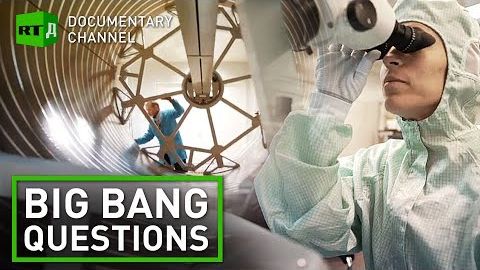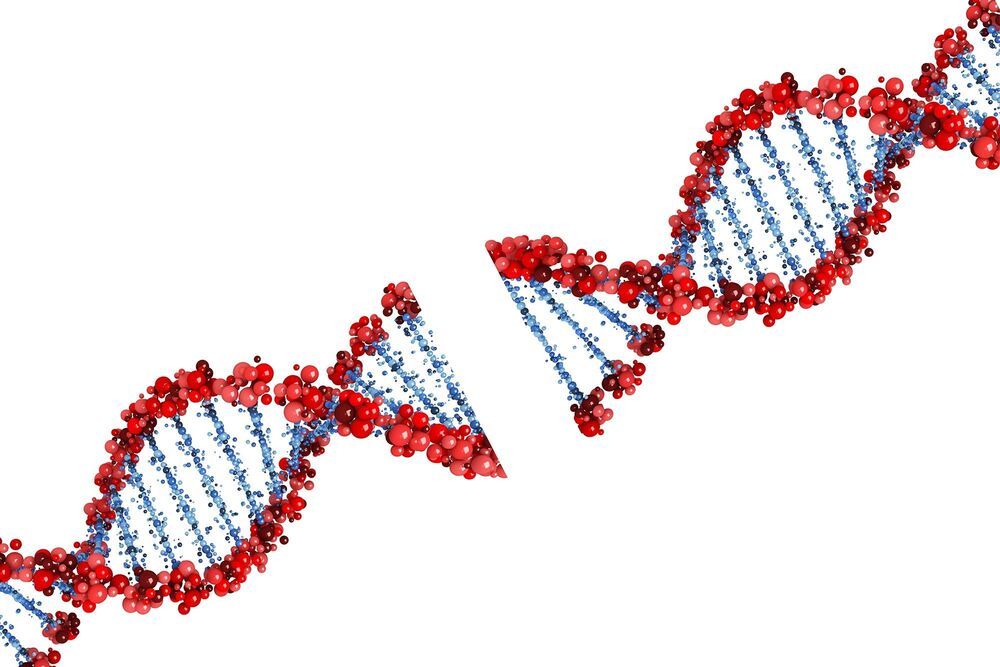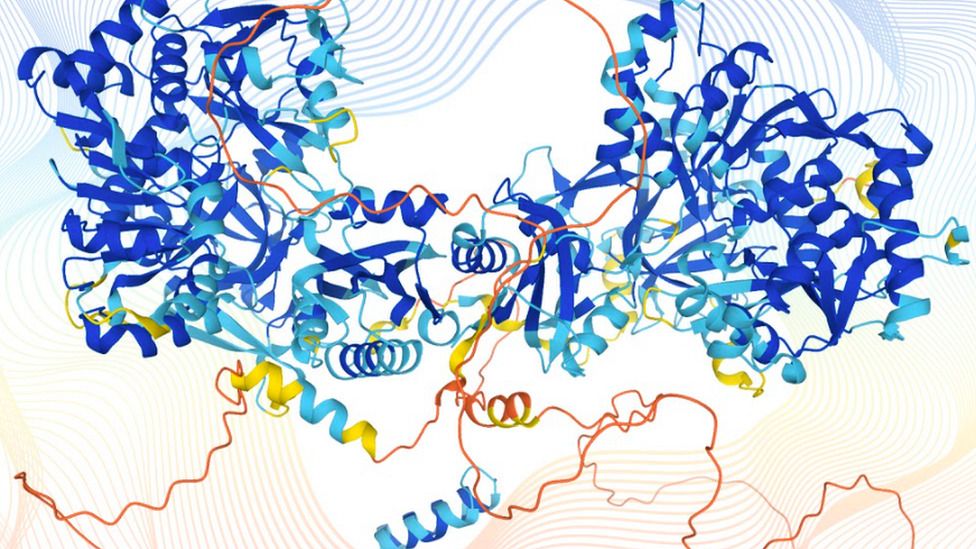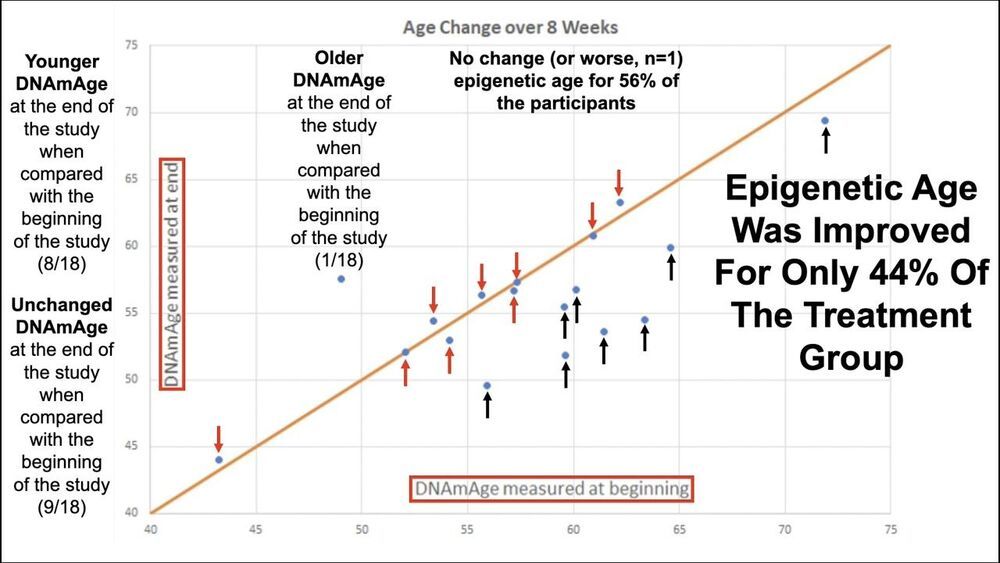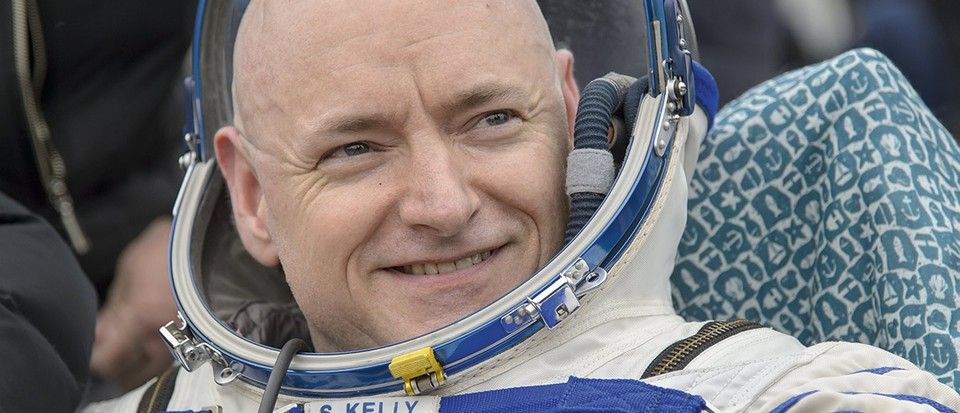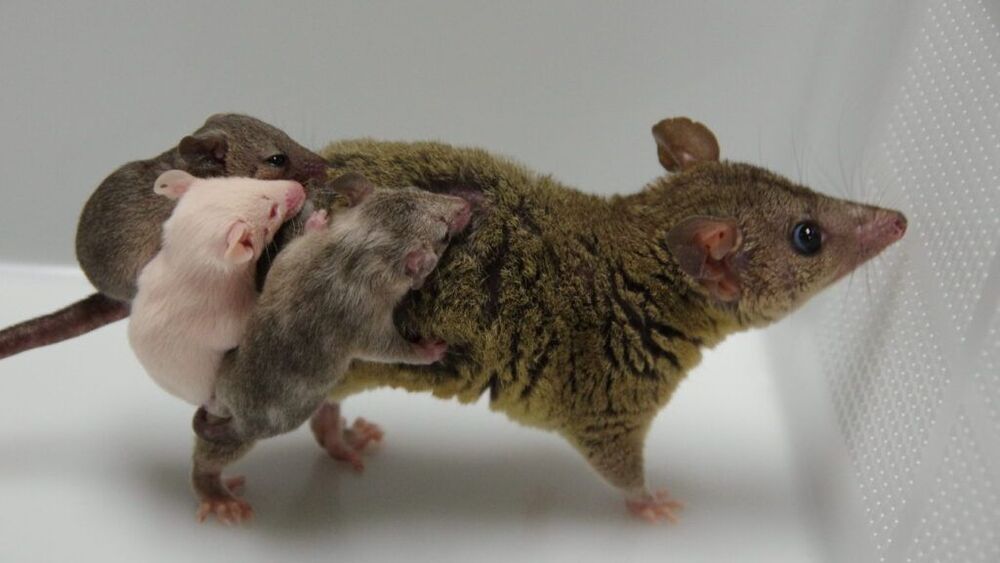RT Documentary’s new film Russia’s NICA: Big Bang questions takes you to the Russian nuclear facility in Dubna where a collider is being built as part of the NICA mega-science project. It can recreate the beginning of the world 14 billion years ago.
This research can be used to learn how the universe was formed, according to the Big Bang theory, and the data obtained in the process will be essential to many other areas of science.
The Joint Institute for Nuclear Research in Dubna has been operating since Soviet times, and this is where the Synchrophasotron elementary particle accelerator was built in the 1960s. It is still functional and can be used, but it takes an excessive amount of energy. Nevertheless, it remains a monument to Soviet science and the attempts to learn about the universe.
The modern state-of-the-art collider called Nuclotron accelerates the charged particles. They fly towards each other and eventually meet. They collide at a rate of 7000 per second. This seems a lot, but drawing profound conclusions or making a discovery as big as the Higgs Boson takes months and even years of gathering statistics. The Boson was predicted by Nobel Prize-winning physicist Peter Higgs in 1964 and practically proved in 2012. The discovery was made on the CERN collider in Switzerland.
Besides, it is tough to observe the particles since their small size makes them indiscernible not just for the human eye but also for many devices. In this microcosm, a tiny grain of sand is equivalent to planet Earth! But once it’s done, the scientists are hoping to recreate matter formed following the Big Bang.
But the collider is not only about the past. Learning more about magnetic fields can be used in modern science and everyday life. What spectacular results the collider research yields — find out in the film!
TIMESTAMPS
00:00 — Intro.
0:33 — Institute in Dubna has been around since the Soviet era.
1:18 — The collider is built as part of an international research initiative.
2:38 — Nuclotron is the heart of this collider project.
3:04 — Collider glossary.
5:05 — More than 30 colliders have been built since the 1960s.
6:23 — How the collider works.
8:38 — Collider will replicate the process that took place 14 billion years ago.
9:30 — People behind the collider are called fine mechanics.
10:34 — CERN and NICA are both rivals and partners.
11:32 — The manufacturing facility costs millions of euros.
13:18 — Synchrophasotron is an elementary particle accelerator.
15:07 — Dubna State University.
16:09 — What are slow-control systems.
17:48 — NICA project has an investment fund of $500m.
19:27 — The results of the research can be used to study biological protection.
20:22 — Carbon ion therapy can be used in medicine to treat tumours.
21:10 — Storage of all the data is another challenge.
22:10 — The number of the collisions should be enormous.
23:28 – The Higgs Boson existence was predicted in 1964
24:09 — What happens if research brings no answers?
